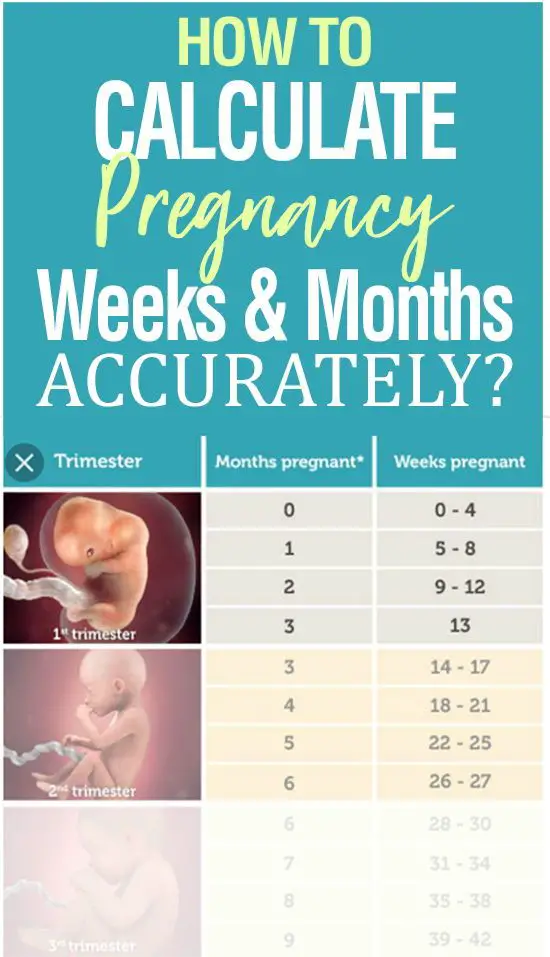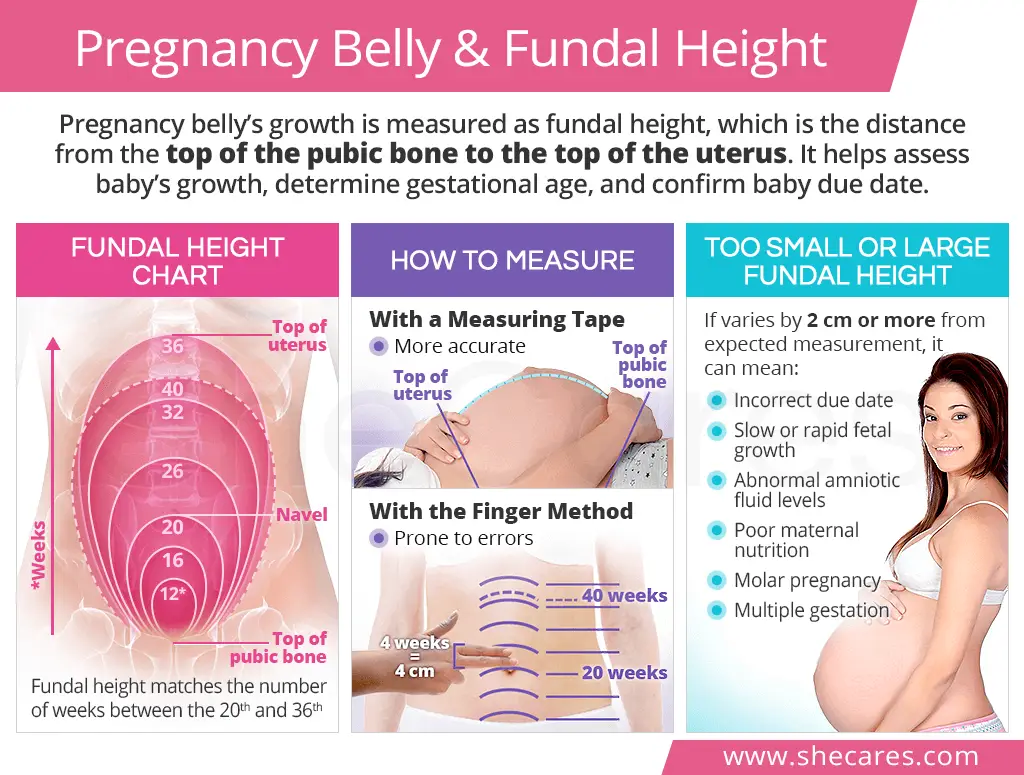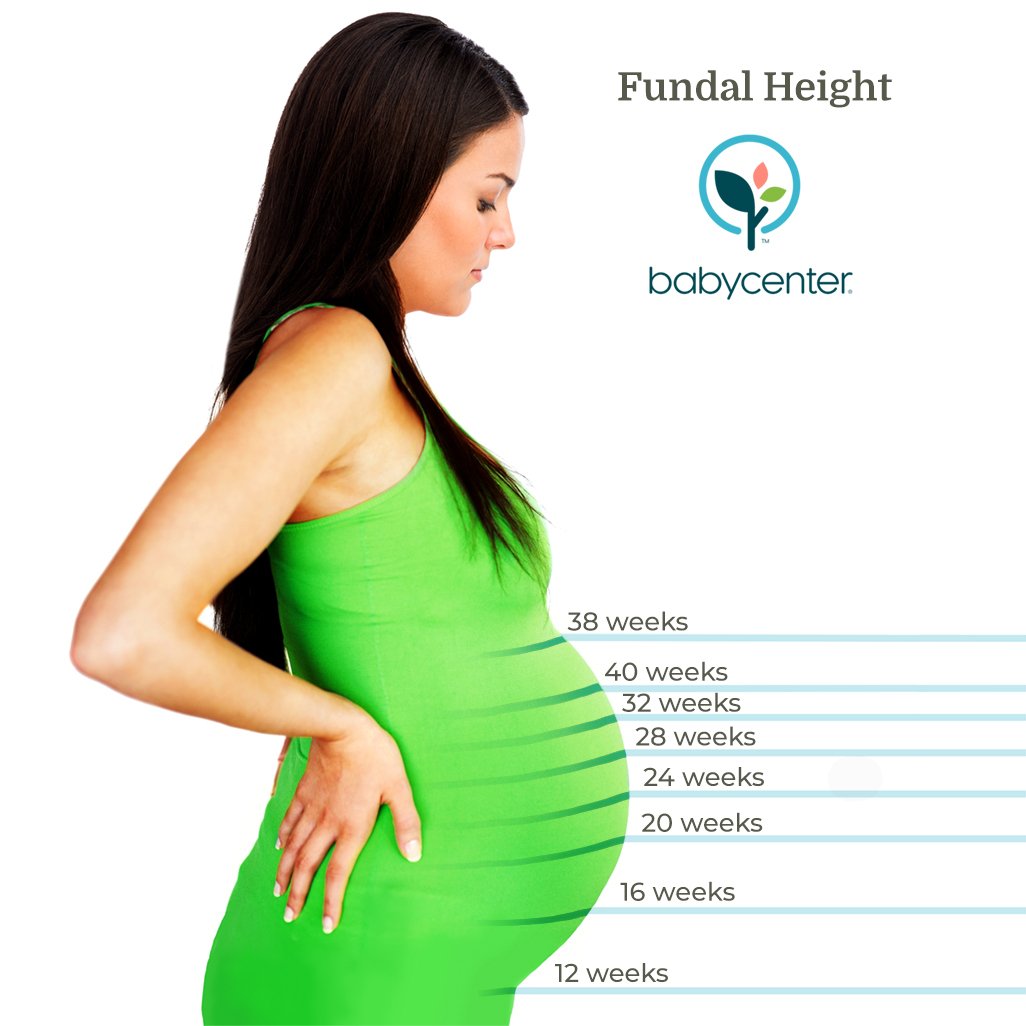When Do You See The Gestational Sac At 4 Weeks
At 4 weeks and 3 days, a tiny gestational sac becomes visible within the decidua. While a gestational sac is sometimes seen as early as during the 4th week of gestation, it may not be seen until the end of the 5th week, when the serum hCG levels have risen to 2500 3500 mIU/mL. Gestational Sac week 4 ultrasound scan
How Far Along Am I Four Ways To Figure Out How Pregnant You Are
Youre itching to know when your little one will arrive. Heres how to calculate how far you are in your pregnancy.
Its a question youll hear over and over until youre holding a baby in your arms: When are you due? Everyone wants to know that magic date, and youre probably more than a little curious about how far along you are, too. Your due date may become a beacon or a deadline , but its important to remember that your due date will only ever be an estimate of the week youll give birth .
That said, theres one big reason why an accurate estimate is important: in case of complications. If a woman goes into labour early, then we really want to know how far along she is, as best as we can tell, says Carol Scurfield, medical director of the Womens Health Clinic in Winnipeg. A week can make a big difference as far as the health of the baby is concerned.
Do your best to calculate your due date as soon as you discover youre pregnant. Heres how to do it.
Fundal Height: What It Means During Pregnancy
Congratulations, youre expecting! This exciting and sometimes nerve-wracking time can mean browsing dream strollers, finding fashionable maternity wear and lots of doctors appointments.
Regular doctor checkups and tests during pregnancy are important for your health and your babys too. If youre a pregnant person anywhere in the world, youll probably have your belly measured several times during your pregnancy.
As your belly starts to blossom, your doctor will measure your growing bump regularly with a measuring tape. This measurement is called fundal height.
Heres more on what fundal height means and why its an important part of your pregnancy checkups.
Don’t Miss: How Long Till Pregnancy Symptoms Kick In
What Are The Three Trimesters In Pregnancy
The pregnancy period is divided into three, three-month segments known as trimesters. The division helps understand the changes in the body.
First trimester: It lasts from week one to week 13, when you experience nausea and tiredness.
Second trimester: It lasts from week 14 to week 28. You will feel much better in this period, and your pregnancy bump will be seen. Early pregnancy symptoms such as morning sickness, headache, dizziness, fatigue, etc., slowly disappear.
Third trimester: It lasts from week 29 until you deliver the baby. You will require extra energy to help your baby grow and beat the tiredness .
What Are The Chances Of Delivering On My Due Date

Just four percent. The due date isan estimate, says Scurfield. There are all sorts of factors that go into when a woman delivers. It may have to do with the size of the fetus or the health of the mother. Some women will have one baby early and the next baby late. Its nice to be able to predict and plan, but babies come when theyre ready.
Don’t Miss: What To Use For Yeast Infection While Pregnant
Tips For Moms Partner
Many times the male partner does not feel he has a role in a potential pregnancy at this time. However, his health and lifestyle can also affect your future baby. He may need to evaluate his nutrition, medication intake, as well as habits like smoking, and using drugs or alcohol.
Men can also benefit from taking prenatal vitamins or another type of vitamin supplement, including a proper diet, prior to conception.
Want to Know More?
Can Belly Size Accurately Indicate Your Stage Of Pregnancy
The size of the belly may not be an indication of the stage of pregnancy. The belly size during different phases of pregnancy differs from one woman to another, based on her body type and size. Regardless of the belly size, ensure that youre maintaining a healthy weight as being overweight or underweight during pregnancy might affect the growth of the baby .
It is best not to compare the size of your bump with that of other pregnant women, as the belly size may depend on several factors.
Read Also: How To Know I M Pregnant
What If My Fundal Height Is Too Small
Sometimes fundal height is shorter than it should be and doesnt match up with how far along your pregnancy is. There are several reasons why this might happen:
- Your pregnancy might have happened later than you or your doctor estimated. For example, you might estimate that youre in week 28 of your pregnancy, but youre actually in week 26 or 27.
- Your baby might be smaller than normal.
- Your body shape or type might just mean that your belly doesnt show as much.
Your doctor may be more concerned if your baby is smaller than normal or is not gaining weight. A lack of weight gain in utero may lead to low birth weight.
Causes of small babies in the womb include:
Why Do I Calculate From The First Day Of My Last Period Not Conception
Before we understood the physiology of ovulationand that women dont ovulate until a couple of weeks after their period, so they really cant get pregnant until that timethe only thing that primitive physicians and midwives knew was that from the first day of the last period, it was about 280 days before a woman gave birth, says Scurfield. All of the research and medical literature have been based on that formula being used.
Don’t Miss: Where Can I Watch 16 And Pregnant Online For Free
Why Your Due Date Is Important
Your due date is likely one of the first bits of information youll seek out after you find out youre pregnant. Friends and family will want to know so they can look forward to greeting your new baby .
Doctors, midwives, and nurses will want to know so they can track important health milestones and make decisions about interventions and prenatal testing.
Your due date is less of a deadline and more like a time marker. Your due date indicates the 40th week since your last menstrual period or the 38th week from ovulation.
Once your due date is calculated, you’re likely to give birth within a four-week period that surrounds your due date. In other words, sometime during the two weeks prior to and two weeks after your assigned due date, you’ll likely meet your baby.
Around 70 out of every 100 women will have their baby within 10 days of their due date. Assuming there are no complications, others will deliver either a little earlier or a little later than that.
The due date is valuable for many reasons, including the preparation of your home and family for the new arrival. There are also several other reasons it’s helpful to know your due date.
How Are Due Dates Calculated
If you were having regular periods before pregnancy, your doctor will calculate your due date based off of your last menstrual period. This goes back to the fact that in order to get pregnant, your body ovulatedor released an eggroughly in the middle of your cycle and it was fertilized by sperm. That was the moment of conception.
To clarify, the gestational period of 40 weeks actually starts with the first day of your last period, which adds two weeks of time to the gestational period when your baby didnt even exist yetclear as mud, right?Is an ultrasound a more accurate way of finding out my due date?If you are having irregular cycles before getting pregnant, an ultrasound is usually done to find out how far along you are. An ultrasound is actually the most accurate way to date a pregnancy because all fetuses grow at a consistent rate during the first trimester and early second.
In other words, if your baby measures 9 weeks 2 days when you have your ultrasound, thats how far along you are, no matter when your last period was. Some women with regular cycles are confused about why their ultrasound due date doesnt match up with their last menstrual period due date. Ovulation isnt a perfect science and can happen earlier or later than the norm, which might shift your due date slightly.
Read Also: When Does Breast Milk Come In During Pregnancy
Common Concerns About The Pregnant Belly
Some of the common concerns that pregnant women might have about their bellies are mentioned here:
Drawbacks Of Using Gestational Age

Due date predictions are not always accurate to some degree, theyre an assumption. Some pregnant people even report their health care providers changed their due dates in the third trimester. In most cases, the due date based on a first-trimester ultrasound is considered the most accurate.
If the first ultrasound is performed after 22 weeks of gestation, it wont be quite as accurate in estimating the due date. In this case, the pregnancy will not be considered optimally dated.
Recommended Reading: How To Tell If I M Pregnant
Enhancing Healthcare Team Outcomes
It is important to obtain a gestational age in all pregnancies to provide the standard of care medical management for both mother and fetus. A combination of history, physical exam, early sonography in the first trimester, and prenatal assessments are all essential to obtaining a more accurate gestational age. Different techniques may be more useful depending on how far along the pregnancy has progressed. Early sonography has been shown to be the most useful predictor of gestational age however, other late modalities are available to help determine age.
How Can I Ensure The Most Accurate Due Date Possible
Start tracking your periods before you get pregnant so that you can easily tell how far along you are. You can use a calendar or period tracker app, such as Period Calendar, Flo and Clue, all of which are free on iPhone and Android.
Then, if you get pregnantwhether its planned or a surpriseyoull know the start of your last period and can accurately assess how far along you are. At that point, you can sign up for Todays Parents free week-by-week pregnancy newsletter to learn about your babys development, how youll be feeling and what to expect.
Free pregnancy apps like The Bump, What to Expect and Pregnancy Tracker include pregnancy calendar calculatorsto estimate your due date, as well as functions to help track the size of your baby, anticipate pregnancy symptoms and plan for doctors appointments and other key dates .
Read more:
Recommended Reading: How To Get Pregnant For The Second Time
Gestational Age Calculator: In Weeks Or Months
To know exactly how many weeks along you are and how many months this corresponds to, you need to calculate your gestational age, for which you only need to know the Last Menstruation Date and count on a calendar how many weeks there are to the current date.
The doctor can also always determine your correct gestational age, being the date suggested on the ultrasound performed at the prenatal appointment, in order to accurately indicate how many weeks you are pregnant and the estimated date of delivery.
It is also possible to calculate gestational age by entering below the first day of your last menstrual period, to find out how many months you are, how many weeks of pregnancy it corresponds to and on what day the baby is likely to be born:
Calculate Using Your Last Menstrual Period
The formula for calculating how far along you are is simply the number of days since the first day of your last menstrual period divided by seven:
Days since start of LMP ÷ 7 = # of weeks pregnant
Wondering how to calculate your number of months pregnant?
Days since start of LMP ÷ 30 = # of months pregnant
Recommended Reading: How Likely Are You To Get Pregnant After Your Period
How To Calculate Weeks Of Pregnancy
Pregnancy is calculated based on your last menstrual period. Week one of your pregnancy will start on the first day of your LMP. Likewise, the following weeks are calculated. This may sound weird, but it helps in giving the exact date for timely medical care. Unless you had an assisted conception and knew when the fertilization took place, the LMP method is the only way to know the closest ovulation and conception dates.
The doctors can help you with the exact calculation of weeks and months of pregnancy through other ways.
What Is Fundal Height
Fundal height, also known as McDonald’s Rule, is a measurement of the size of the uterus during pregnancy. It is measured in centimeters as the distance from the top of the pubic bone to the top of the uterus . As such, it is properly called a symphysis pubis fundal height .
Starting at the second trimester, fundal height measurement is typically recorded at most prenatal visits for the following purposes:
- Assessing baby’s growth and development
- Determining gestational age
As the pregnancy progresses, the uterus expands in the abdomen with its top moving up by about 4 centimeters per month, an equivalent of two finger-widths.
After the 20th week and until the 36th week of pregnancy, the fundal height measurement usually matches the number of weeks of pregnancy. This means that for a woman at the 26th week of pregnancy, the fundal height measurement should be about 26 cm .
Across various pregnancy stages, fundal height measurement landmarks are expected to be as follows:
- Weeks 12-14: top of uterus is right above pubic bone level
- Weeks 20-22: top of uterus is at the level of belly button
- Weeks 36-40: top of uterus is right under the ribs
- Weeks 36-40: as baby drops lower into the pelvis, top of uterus regresses by about 4 cm to the 36-32cm level 1
Recommended Reading: Which Pregnancy Test Can Detect Early Pregnancy
How Do You Track Ovulation
A womans monthly cycle is measured from the first day of her menstrual period until the first day of her next period. On average, a womans cycle normally is between 28-32 days. Ovulation is calculated by starting with the first day of the cycle, which is the day the menstrual period begins.
Most women ovulate on any one day between Day 11 Day 21 of their cycle. This is what many refer to as the fertile time or fertility window of a womans cycle because sexual intercourse during this time increases the chance of pregnancy.
For more information on tracking ovulation please see:
If you are taking prescription drugs, check with your health care provider to see if such medication is safe to take during pregnancy. For more information on nutrition during pregnancy, please see our information on pre-conception nutrition.
Working Out Your Due Date

1-minute read
Once you have confirmed that you are pregnant, you will want to find out when your baby is due to arrive. The average pregnancy is calculated at 282 days from the first day of your last menstrual period.
However babies rarely keep to an exact timetable, so a full-term pregnancy can be anywhere between 37 and 42 weeks. A baby born before 37 weeks is considered to be premature and anything past 42 weeks is considered overdue.
Due dates are usually calculated on your last period instead of the date of conception because of a number of reasons.
- Although the average woman ovulates approximately 2 weeks after her period, the exact time is not always known.
- Once an egg has been released, it can remain fertile for up to 24 hours.
- Sperm can last for up to 5 days after intercourse to fertilise an egg.
If your periods are irregular or you are unsure of the date, an ultrasound will help determine the development of the embryo and your due date. Ultrasound scans can be done at any stage of pregnancy after the first 6 weeks. The best timing for an ultrasound to determine the due date is between 8 weeks and 13 weeks 6 days.
You can use the Pregnancy, Birth and Baby due date calculator to work out when your baby is due.
Some doctors will refer to your due date as ‘expected date of confinement’ or EDC.
You May Like: What Could Stop You From Getting Pregnant
